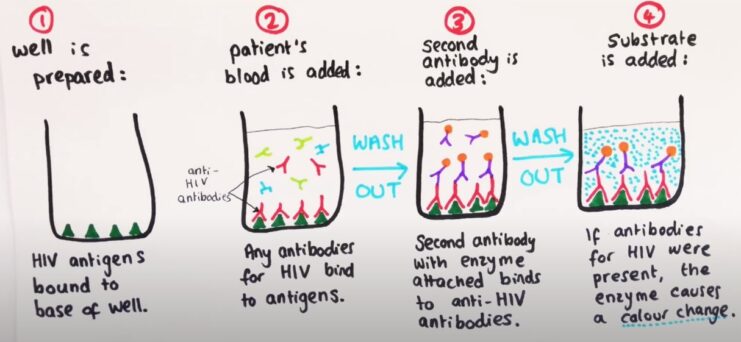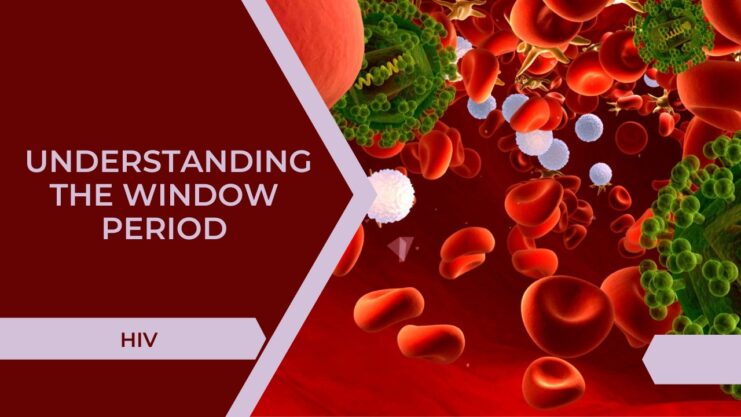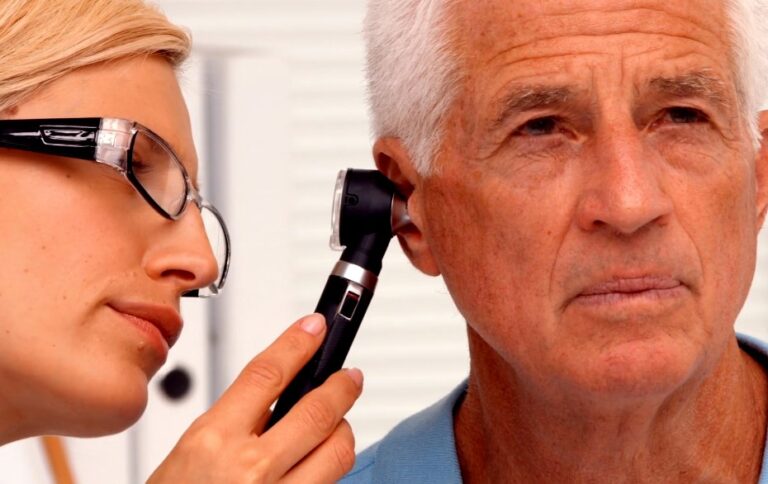When it comes to understanding the HIV window period, one might come across a variety of numbers – ranging from 3 months to 6 months, and sometimes even up to a year. So, what precisely constitutes the HIV window period? To fully comprehend this, let’s take a journey back in time to the early 1980s when HIV was first identified. Simultaneously, let’s gain a more profound understanding of the marvel that is our immune system.
In the annals of medical history, 1983 stands as a pivotal year. It was the year that witnessed the discovery of HIV. Before this significant discovery, a mysterious disease, later named AIDS, was wreaking havoc in several communities across the globe. The cause of the disease remained an enigma, adding a layer of fear and uncertainty that only compounded the crisis.
Once scientists identified the HIV, the monumental task was far from over. They now had to develop a method to ascertain whether an individual had been infected by the virus. The quest for a diagnostic tool was a crucial step in the battle against this devastating disease.
In essence, these early endeavors set the stage for the journey toward understanding the HIV window period – a critical component in diagnosing, treating, and ultimately combating the HIV. To fully appreciate its significance, we must delve into the complex mechanisms of our immune system and the sneaky strategies employed by the virus to avoid detection.
Remember, the HIV window period is not a random number but a scientific calculation based on the nature of the virus and the body’s immune response. Understanding it is key to early detection, which in turn is crucial for effective treatment and disease management.
Now, as we delve into the intricate dance between HIV and our immune system, we’ll uncover the complex reasons behind the varying numbers for the HIV window period. As we do so, remember that each individual’s journey with HIV is unique, reflecting not just the biology of the virus but also the diversity and resilience of the human body.
The ELISA Test and Our Immune System

In 1985, they developed a test called ELISA which is based on a very basic principle of how our immune systems work.
When our body is attacked by a virus, it will produce antibodies to fight the virus. Antibodies are unique. The antibodies used to fight HIV would be completely different from the ones used to fight dengue, for example, or any other virus.
So finding HIV antibodies in the body is indirect evidence that there is HIV in the body too. The ELISA test does exactly that. It tests for the presence of HIV antibodies. HIV rash
Imagine each virus infection is a fire that starts in the body. Each of these fires produces a uniquely colored smoke. When we see a particular colored smoke, we assume that there is that particular type of fire burning away. The ELISA tests for HIV-colored smoke but does not detect the fire itself.
But there was one big problem. It sometimes takes the body a long time before the body produces enough antibodies to be detected by the ELISA test. In other words, the fire has to burn for a long time before it produces enough smoke that can be detected by ELISA.
This period when a person is infected with HIV and the ELISA test is unable to pick it up (the period when the fire is burning but there is no smoke) is called the window period.
This was correctly recognized to be a very important finding and rightly so because a person infected with HIV within the window period can get tested and be told he does NOT have HIV. He will then not take steps to protect himself and the people around him thus increasing the risk of spreading the disease.
Different Types of HIV Tests
The scientist has ever since been working on improving and coming up with new and better testing techniques and technology. There are now multiple different tests for HIV including ELISA, ECLIA, CMIA, Rapid HIV Tests, Western Blot, RNA PCR, DNA PCRand P24 Combo Tests. There are also multiple different manufacturers of each test. All of these tests have their rates of accuracy, window periods, and applications in the management of HIV. To make things even more confusing, there are also tests for indirect evidence of HIV infection like CD4 cell count and CD4 CD8 cell ratio.
To know which test is done when has what accuracy requires a lot of professional knowledge. This information is also constantly changing as more and more research information is published. There are also other considerations such as waiting time, anonymity, costs, etc
Navigating the Testing Maze with Professional Guidance

In this complex landscape of HIV testing, it’s critical to consult professionals trained in HIV counseling and testing. They can provide the most current and accurate advice on which test is most suitable for you.
Beyond these technical aspects, it’s also crucial to touch upon the psychological implications of HIV testing. The fear, anxiety, and uncertainty surrounding the process cannot be ignored. Comprehensive care for those undergoing HIV testing should include emotional support and counseling to help individuals navigate this challenging journey. Offering resources for mental health and wellness and fostering a non-judgmental environment can significantly impact the testing experience.
Moreover, raising awareness about the importance of regular testing, the evolving landscape of HIV testing techniques, and advances in HIV treatment is critical in reducing the stigma around HIV and encouraging more individuals to get tested.
Public health initiatives should prioritize education and outreach to spread this knowledge widely. This can also contribute to a better understanding of the ‘window period’ and its implications for HIV testing and prevention strategies.
Bottom Line
The HIV ‘window period,’ the timeframe between infection and the test’s ability to detect it, is a significant factor in HIV testing. Although initial tests, like the ELISA, significantly advanced HIV detection, their inability to quickly detect the virus following infection presented challenges. In response, various new testing techniques have been developed to increase accuracy and decrease the window period.
However, navigating the landscape of these tests can be complex and requires professional guidance. Additionally, providing emotional support and raising awareness about HIV testing and treatment is paramount in not only encouraging testing but also in destigmatizing HIV. Public health initiatives must focus on education and outreach to improve understanding of HIV and the testing process.
Related Posts:
- HIV and Hep C Coinfection Window Period: The Key to Managing
- It’s Time to Quit Smoking! Find out How: Kick the Bad Habit
- The Eye's Window: Corneal Ulcers and the Importance…
- Understanding Vulvovaginal Candidiasis: The Itch You…
- Understanding Vaginal Discharge: What's Normal and…
- Understanding Abnormal Vaginal Bleeding: Unraveling…













